Image
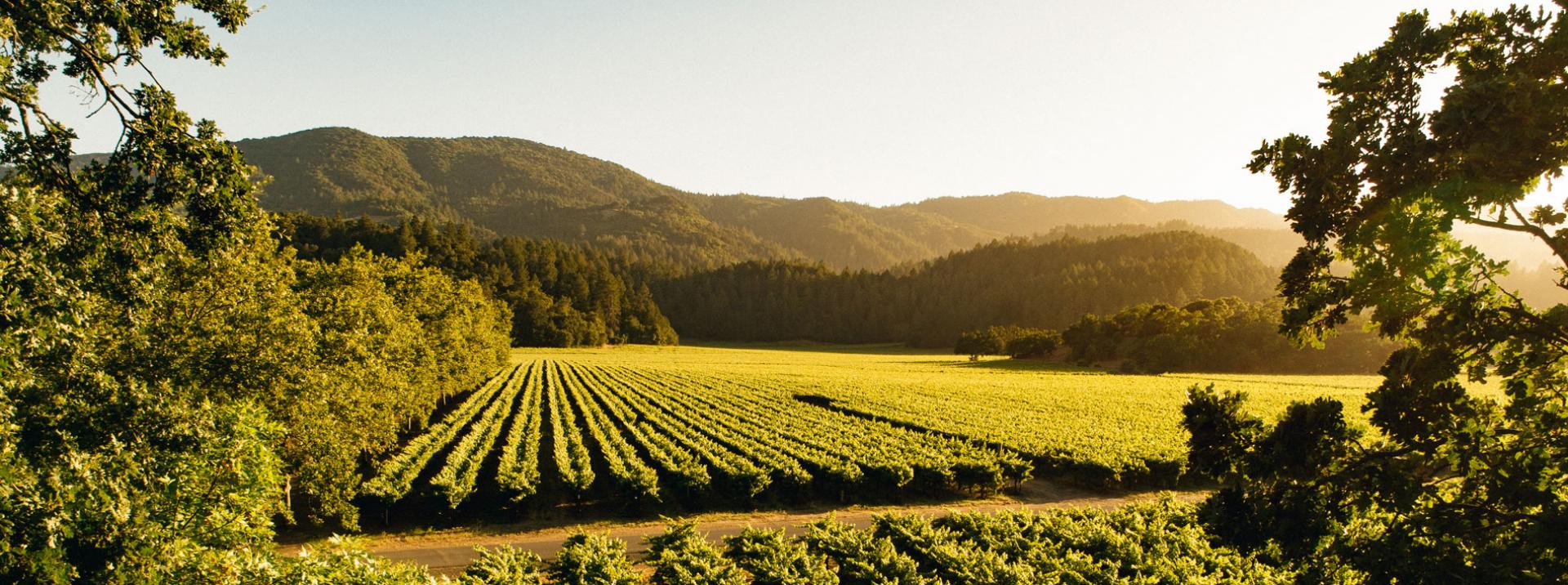
By clicking Submit you verify that you are 21 years of age or older and agree to our cookie policy.
Submit
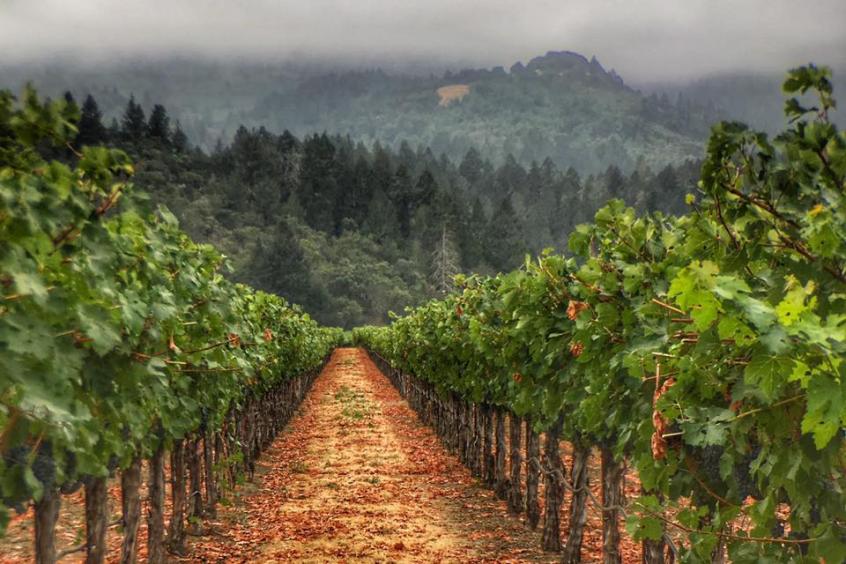
Over the last few decades, as California has developed a worldwide reputation for its wines, a handful of the best Napa Valley vineyards can be credited with helping drive this phenomenon.
From Stags Leap up to Calistoga, the Valley boasts an extraordinary concentration of wine-growing estates. At the top of the list, well-known names like To Kalon, Three Palms, and Martha’s Vineyard are synonymous with the highest quality Cabernet Sauvignon and Merlot produced in the United States.
Near the center of Napa Valley sits a classic section of vineyards whose name borrows from the benchland soils that lay beneath it. While the narrow confines of the Rutherford Bench comprise one of the Valley’s smaller growing areas, its vines are widely known to produce some of California’s most distinctive red wines. This includes a sought-after Cabernet from an old vineyard concealed behind a creek-fed row of trees just west of Highway 29. It’s one of Rutherford’s—and Napa Valley’s—most iconic properties: Bosché Vineyard.
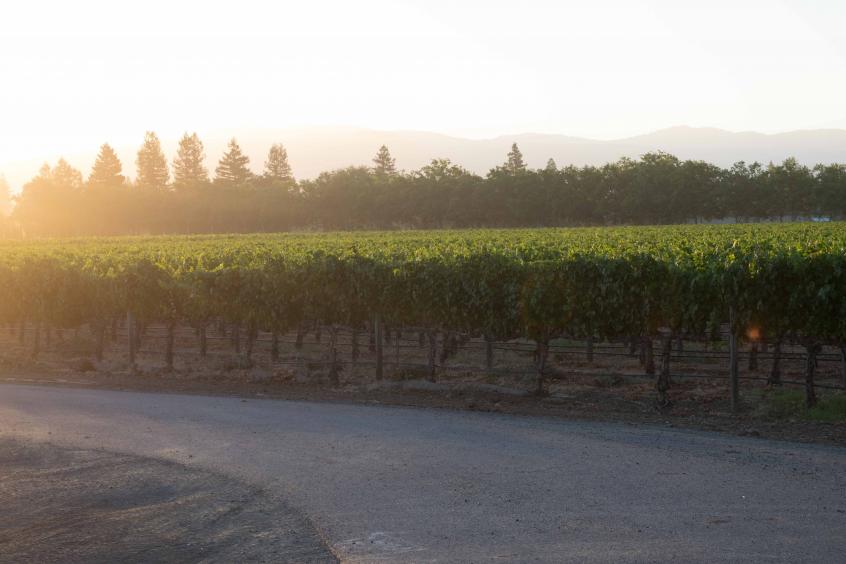
Since the 1970 vintage, the Bosché name has graced wine labels at Freemark Abbey, the one and only winery for almost half a century to bottle wine from the legendary vineyard.
“You know, if you look at the early vineyard designates in California history, Cabernet Bosché was certainly one of the first,” Winemaker Emeritus Ted Edwards observed on an early December walk through the Rutherford vineyard. “And this holds true for Freemark Abbey and the partners as being a pioneering winery and pioneering families of the Valley.”
There is probably no one more qualified to comment on the track record of this 22-acre gem, long acknowledged as one of the premier vineyards in Napa Valley. Ted has worked with the grapes since his earliest days at Freemark Abbey in 1980, when Bosché fruit was already producing an established single-vineyard wine. He possesses back-of-the-hand knowledge of the estate’s topography and can frame it neatly within the Rutherford AVA’s famous soil profile. “The gravelly soil just doesn’t hold the water,” he explained. “This is really what you’d call ‘well-drained’ soil. So when people talk about the Rutherford Bench and gravelly clay loam, Bosché is it. I mean, this is on that plateau, the alluvial fan that sloughed off of the Mayacamas Mountains”
Then, with his back to these same mountains, he gestured all around. “This is the heart of the Rutherford Bench.”
The Bosché family planted their eponymous vineyard in the mid-1960s on a piece of land kitty-corner to a pair of historic properties, Beaulieu Vineyards and Inglenook. There’s a lovely but unassuming home adjacent to the vineyard, along with a swimming pool and a grove of olive trees.
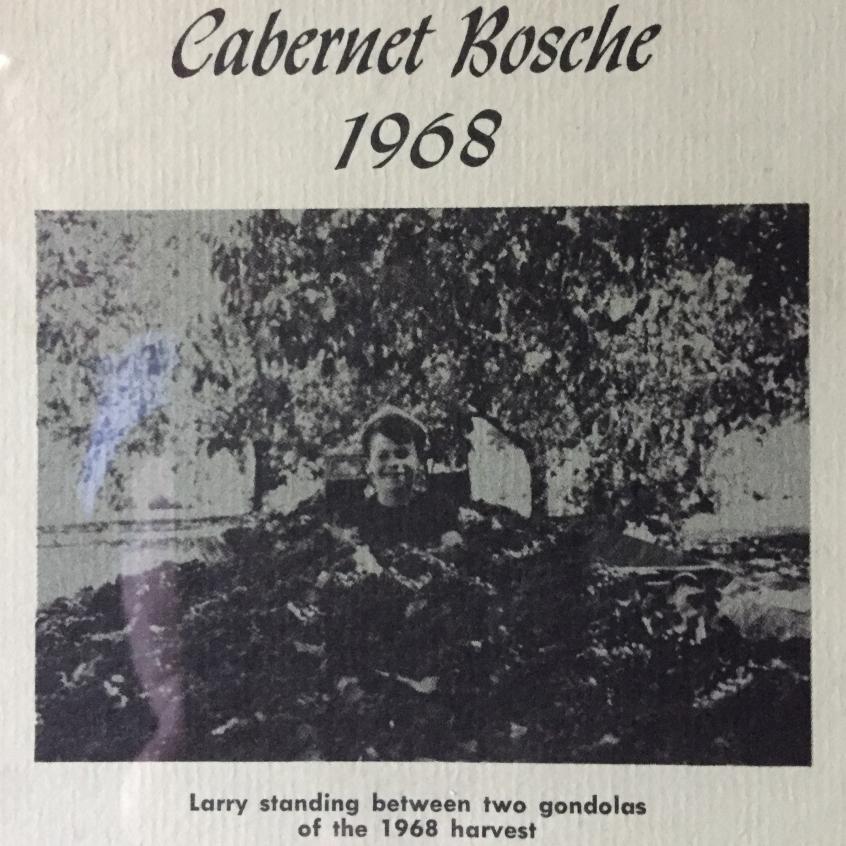
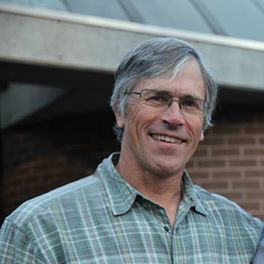
Larry Bosché, a longtime private wine consultant and auction specialist in the Bay Area, remembers as a child in the 1970s coming up to Rutherford for weekend picnics on his parents’ property. Later, as a young wine enthusiast in the 80s, he got to know Ted and his wines.
“They have that essential character, with the wine coming from Rutherford fruit,” he shared over the phone recently. “I just think Ted does a great job. His Cabernet Bosché has always had the Rutherford ‘dust’ and a nice, earthy quality to it. He’s always done a very good job of letting that shine through, while not over-oaking the wine or manipulating it. I think he’s really great at what he does, and that shows in the Bosché wines that he’s produced.”
Larry’s family estate and the well-known vineyards and wineries that surround it take up just a tiny corner of Napa Valley, though not so small that Cabernet Bosché is the only single-vineyard wine to come out of Rutherford. If Bosché is the king of Rutherford estates, it has its queen just down the road in the Bryan family’s exquisite Sycamore Vineyard.
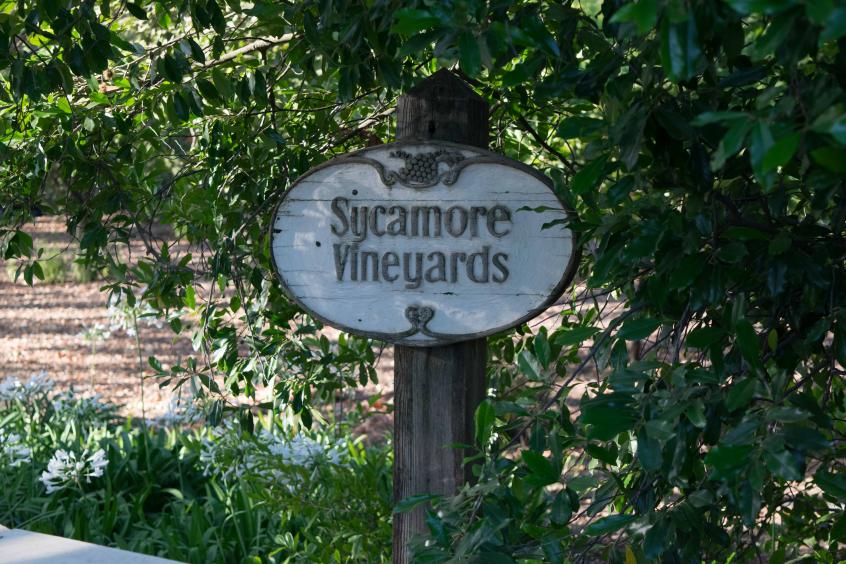
On the same mild, December afternoon, Ted led a walk across the beautifully manicured estate at the foot of a hill south of Bosché. A dilapidated ranch house and barn were purchased and lovingly restored by Freemark Abbey partner John Bryan in the mid-70s. “Sycamore is actually one of my favorite properties,” he said, the driveway gravel crunching under his boots. “The vineyard to me is understated elegance. There’s nothing flashy about it, and there are lots of sycamore leaves for the compost heap.”
Indeed, the Sycamore and Bosché vineyards could almost be mistaken for Ted’s children; it’s hard to figure out which one he prefers.
“The Bosché has always been a calling card for us out there in the market and with a lot of wine societies. But back in the 80s, Sycamore was new, so that one we had to play with and develop. Although it definitely has been earning its own reputation.”
He veered past the ranch house across a neatly mown lawn and looked towards the sloping hill that forms Sycamore’s southern border. The vineyard is almost exactly the same size as Bosché, but was planted a decade later. “For almost 40 years I’ve walked this vineyard. Oftentimes, almost every year, I’ll be out here, and coyotes will come down that hill. They kind of keep the rabbits down. It’s always fun: they look at me, and I look at them, and we both go about our business.”
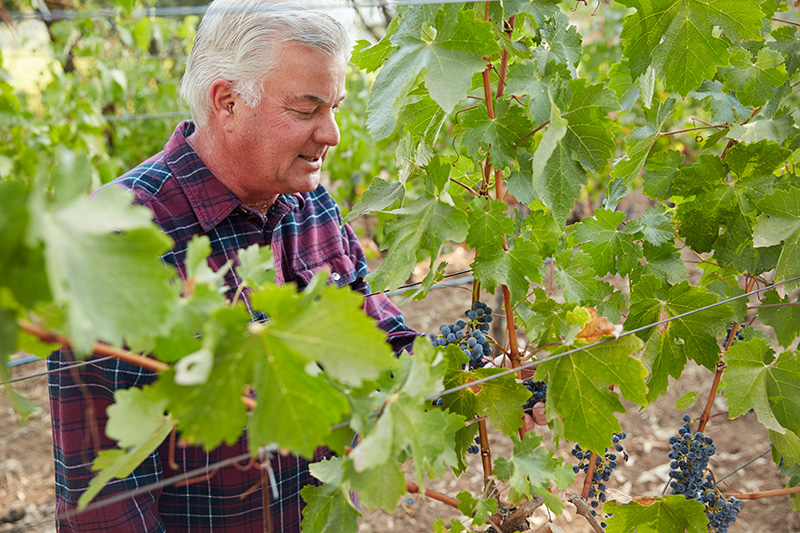
While Ted has worn the winemaker’s title for much of his life, Freemark Abbey’s well-traveled Winery Historian, Barry Dodds, considers his colleague from a slightly different angle. The South African native sees in Ted more of the French model of the vigneron, or wine grower.
“What the word describes is a person who tends a vineyard,” he said over the phone, just returned home from a work trip to Miami. “In a nutshell, Ted tends the vineyards, and he calls the shots in the vineyards.”
With regard to not just the Bosché and Sycamore Vineyards but all of the properties Freemark accesses for its wines, Ted controls the majority of the growing circumstances, from the initial crop size and canopy management to the size and dates of the harvest—and most everything in between. “These are all things that he decides,” Barry explained. “As I said yesterday in Florida, Ted makes wine in the vineyard so that by the time he’s fermenting grapes, he doesn’t have a care in the world anymore, other than to keep things healthy through the fermentation. So he’s created the wine in the vineyard; now it’s just a matter of turning the grapes into wine.”
Ted’s responsibility for how that wine ends up in bottle across the range of Freemark Abbey’s production is another important part of his job description. But “going about his business” in the Bosché and Sycamore vineyards is one of the things the winemaker does best.
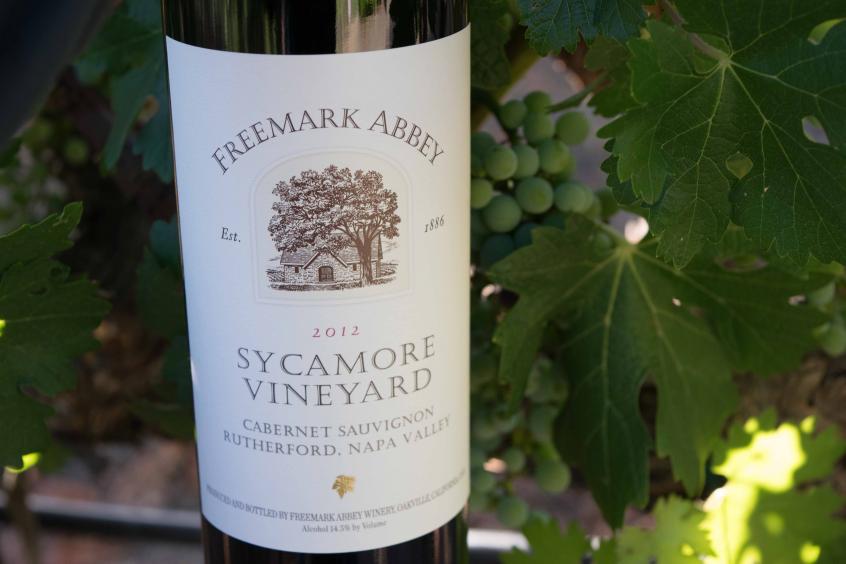
He stopped at the edge of one of the Cabernet blocks in Sycamore and pointed to a vine to highlight the similarities between the cordon trellising systems employed in each vineyard. “What you’re doing is you’re really trying to get filtered sunlight into the fruit zone. So you can see that that’s going to happen as the sun passes over, you’re going to have sun hitting this side, and as it passes over, it‘s going to be down the center, and then it’s going to be on that side. So, the filtered sunlight getting into the fruit helps develop the color and flavor of your fruit. I love this. It’s a great trellis system.”
“Like a true vigneron,” Barry wrote in a follow-up email, “Ted manages the different canopies to bring out the best the micro-climates, elevation, and soils have to offer the varietals and clones we farm. He is a true master of the single vineyards!”
Ted’s mastery doesn’t stop among the vines. As the resident librarian of one of the largest winery collections in the U.S., the veteran winemaker has developed a second-nature familiarity with Bosché’s and Sycamore’s aromas and flavors. Strolling past a hedged row of Sycamore vines on the way back to his SUV, he effortlessly described each of these classic Napa Valley vineyards from palate memory.
“In my experience, the Bosché is typically dark cherry. There’s some herbal nuance, like green olive and walnut meat, some complexities like that. There’s some interesting tobacco character, and it finishes off relatively smooth. The tannins are fairly resolved with the Bosché fruit. Sycamore is a little different. It’s more dark fruit, like blackcurrant. There’s a briary-ness that’s like forest floor.”
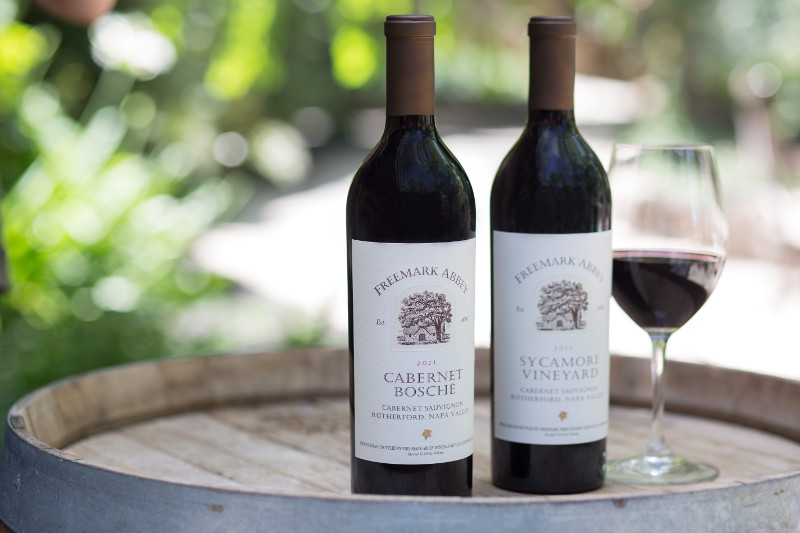
“Year in, year out, we make these observations that there’s a flavor consistency,” he concluded before heading back to the winery. “They're both great Cabernets. There are just different characters to them. And that’s what fun about what we do. That’s why we would make a vineyard-designate, because it’s a standalone wine. Sycamore and Bosché are standalone Cabernets.”